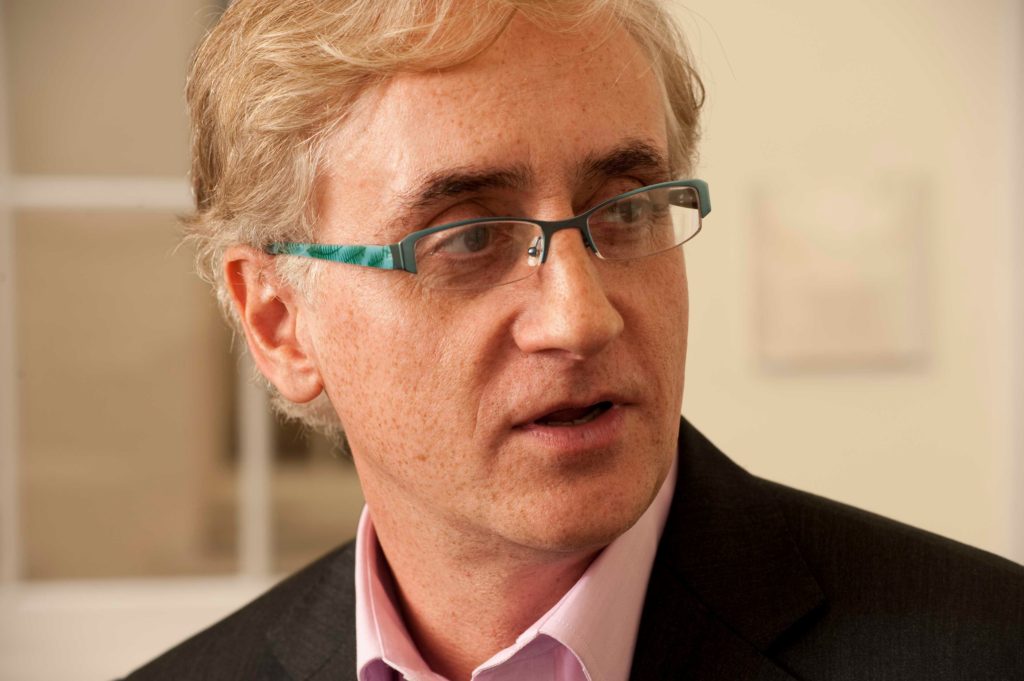“A Pathway Through Modern and Contemporary Armenian Art”
Written by Dr. I. Robertson with contributions from Nazareth Karoyan, this book introduces Modern and Contemporary Armenian art, highlighting its significance in the country’s cultural development and diaspora. It is the first-of-a-kind illustrated guide in English for those interested in 20th and 21st-century Armenian art by artists from the republic and its diaspora. The book offers a broad and accessible overview of Armenian modern and contemporary art, emphasizing its unique contributions to international modernism and global contemporary art. It explores how Armenian artists responded to the social and
political environment from the Soviet period to the post-Communist era.
CONTEMPORARY ART COLLECTIVISM AND SELF-HELP IN ARMENIA
Yerevan. By the early 1980s, the first collective actions had taken place in Armenia. They were initiated by young artists and an older generation of non conformists. Exhibitions were staged in novel venues such as artists’ workshops or in the foyer of the Yerevan State Conservatory. During this period of Soviet President Gorbachev’s policies of glasnost (openness) and perestroika (restructuring) a collection of artists in Armenia formed the 3rd Floor Group (1987–1994) (fig.1).
“A TRIBUTE TO PAUL GUIRAGOSSIAN: ARMENIA ART FAIR MEETS MANUELLA GUIRAGOSSIAN”
Paul Guiragossian (1926 – 1993) is easily one of Lebanon’s most celebrated modern artists, famous for his colourful and figurative paintings, which sometimes border on the edge of abstraction. Born in Jerusalem, his family moved to Lebanon in 1947, where he spent the majority of his career, becoming one of the most loved artists of the Arab world.
ART COLLECTION IN SOVIET UNION AND SOVIET ARMENIA
Has Anything Changed?
The art industry in independent Armenia never developed sufficiently to materially change the way the art industry had functioned in Soviet Armenia. Art collectors had gone underground and they mostly remained underground. How has the art industry regenerated after decades of nationalisation of both art works and galleries; and how had it evolved in the Soviet Union and in Soviet Armenia? Armenia Art Fair met to discuss this with Nazareth Karoyan, art critic, curator and Director of the Institute of Contemporary Art of Armenia,
THE INTERNATIONAL ART MARKET WITH DR IAIN ROBERTSON
What do you think about the Caucasus region?
It is one of those super emerging markets where there is money. There’s a will. I think on a geo-political note, the One Belt, One Road project of Xi Jinping, will start to bring in enormous amounts of wealth into that region. Combined with the resurgence of Tehran and Iran, which is bound to happen when the sanctions are lowered, and then again you can look at Turkey. So you’ve got three potentially enormously lucrative economies pumping wealth and lending money for infrastructure projects, and the area will blossom. It’s the foundation of all civilisation
A MAINSTREAM HOME FOR ALTERNATIVE ART IN ARMENIA
For a city of roughly one million, Yerevan’s artistic standing and cachet have been notable in the past century. In 1972, the Soviet Union established its first Museum of Modern Art here. The city’s National Art Gallery showcases the third-largest collection of European masters in the former Soviet Union, including works by Rodin, Rubens and Tintoretto. And Yerevan itself exudes a distinct bygone elegance, with its softly hued 19th-century tuff stone edifices that line its leafy boulevards.





